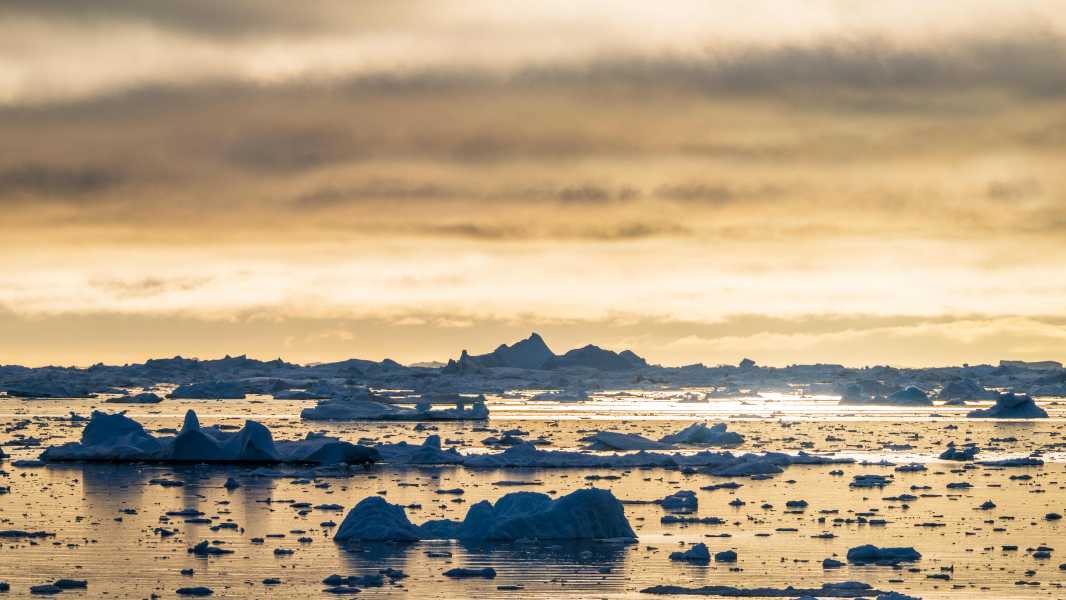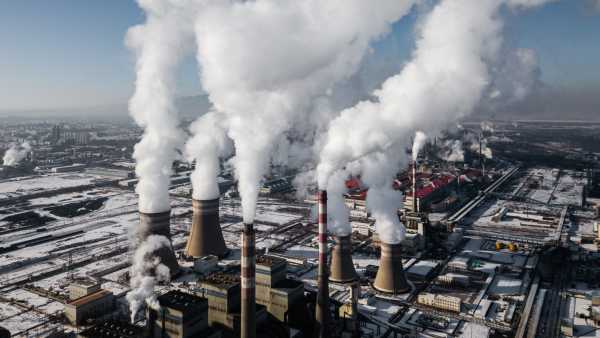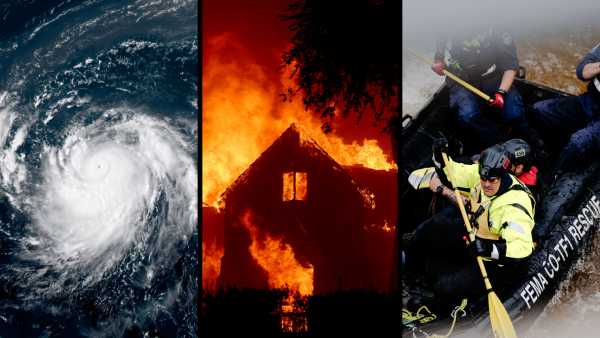
The Ilulissat Ice Fjord in Greenland on July 3, 2024. The glacier loses enough ice every day to supply New York City with water for an entire year. (Image credit: Ulrik Pedersen/NurPhoto via Getty Images)
Greenland's vast ice sheet is approaching a tipping point, where it will become unstable and begin to collapse into the ocean, a new study warns.
A temperature increase of just 3.6 degrees Fahrenheit (2 degrees Celsius) could cause the planet's second-largest ice sheet to melt, raising sea levels by 23 feet (7 meters) and causing significant damage to global ecosystems.
Scientists have long documented the accelerating melting of the Greenland ice sheet, with the ice sheet losing about 33 million tons (30 million metric tons) of ice every hour. However, researchers have been unable to pinpoint when the ice sheet would enter a dangerous phase. Now, a new study published Jan. 9 in the journal The Cryosphere suggests that if the worst-case warming projections come true, that tipping point could be reached by the end of the century.
Fresh water supplies under threat
The Greenland Ice Sheet is one of two permanent ice sheets on Earth, the other being the Antarctic Ice Sheet. It is nearly three times the size of Texas and covers about 656,000 square miles (1.7 million square kilometers), according to the National Snow and Ice Data Center (NSIDC) in Colorado.
The Greenland and Antarctic ice sheets represent more than 70% of the planet’s freshwater, according to the NSIDC. Both sheets are losing mass at an accelerated rate due to human-induced climate change, and have lost a combined 6.9 trillion tons (6.3 trillion metric tons) of ice since 1994, according to a 2021 study.
However, despite these significant losses, scientists believe that the ice sheet has not yet reached a level at which irreversible collapse would be inevitable, especially if drastic measures are taken to reduce carbon emissions.
To determine when a tipping point might occur for the Greenland ice sheet, the researchers created a climate model that simulates the ice sheet's future surface mass balance (that is, the difference between snow accumulation and snow loss due to melting) under different warming scenarios.
The model's results were unfavorable: they showed that the ice sheet would reach a tipping point when about 230 gigatons (253.5 billion tons) of ice were lost in one year, 60% less than the pre-industrial ice sheet equilibrium.
This scenario is associated with a global temperature increase of 6.12 F (3.4 C) above pre-industrial levels. The planet is currently 2.65 F (1.47 C) warmer in 2024 than it was in the late 19th century, but the most pessimistic scenarios suggest it could reach 3.4 C of warming by 2100 under current plans.
If the ice sheet were to melt completely, the accompanying rise in sea levels could devastate billions of people living along the world's coasts, and this change, coupled with warming, would have a major impact on vital Atlantic Ocean currents.
Greenland’s accelerated melting trend is also being seen in icy regions around the world. From 2000 to 2019, Earth’s glaciers lost an average of 294 billion tons (266 billion metric tons) of mass per year, accounting for 21% of the observed sea level rise over that period.
Another study published in 2021 estimated that the Earth is losing enough ice each year to keep it from melting
Sourse: www.livescience.com





